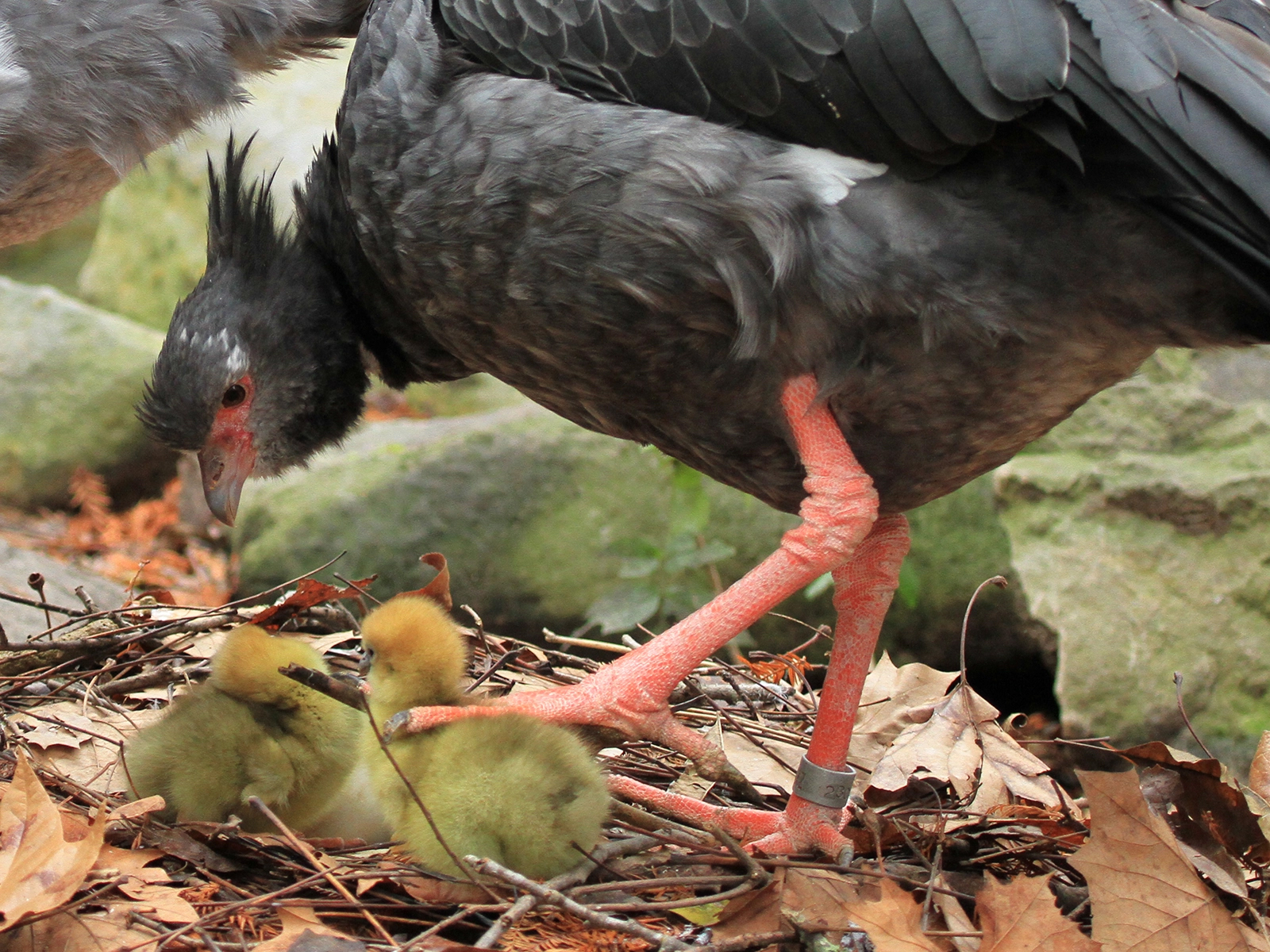Crested Screamer
Chauna torquata
Also known as the southern screamer.
Class
Aves
Order
Anseriformes
Family
Anhimidae
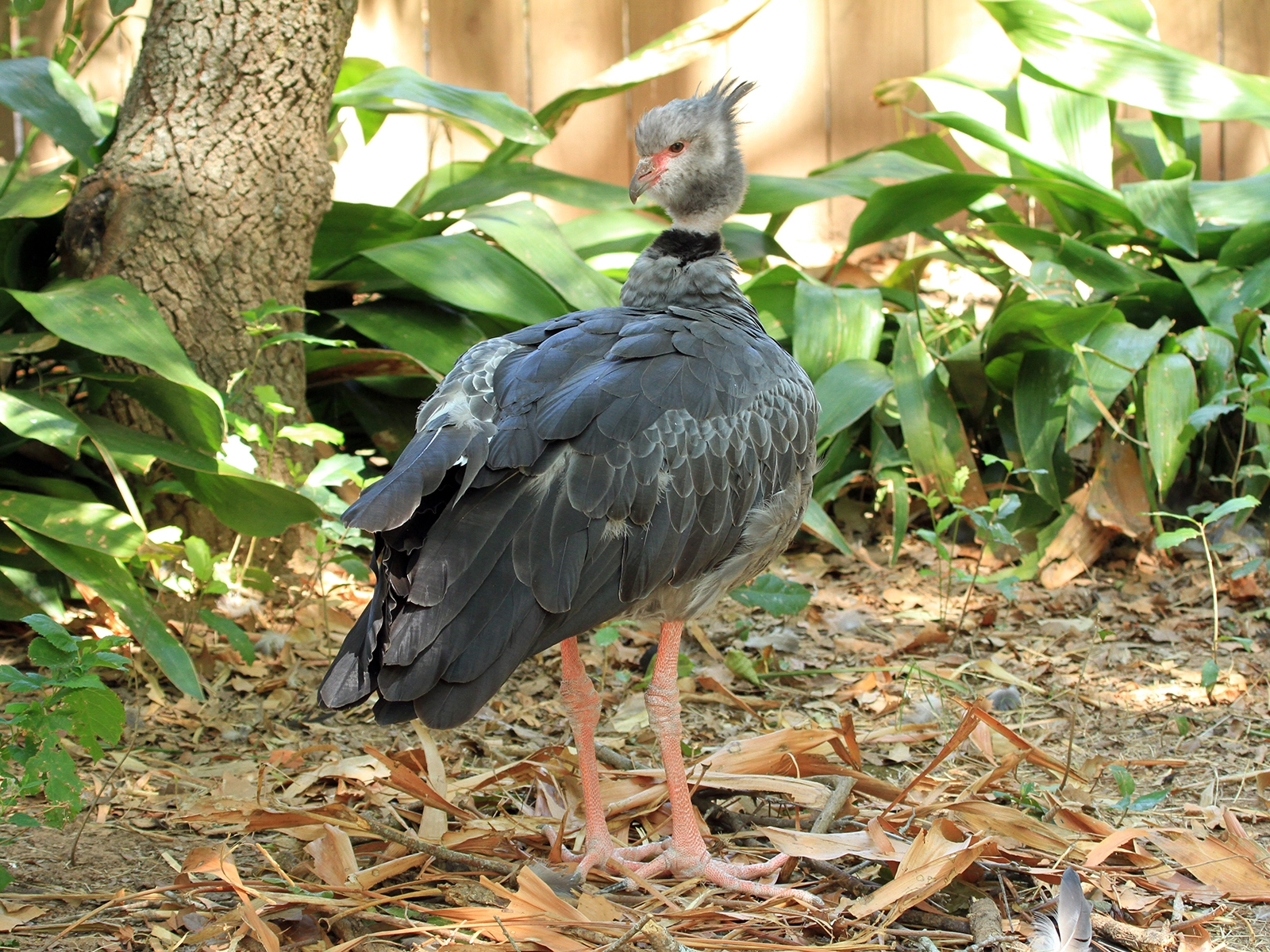
Also known as the southern screamer.
Aves
Anseriformes
Anhimidae
Peru, Bolivia, Paraguay, north and eastern Argentina, southern Brazil, and Uruguay
Length: 28 - 37 in
Wingspan: 5.5 ft
Weight: 4 - 11 lbs
Marshes, wet savannas, swamps, open lowlands, and forest lagoons
Clutch of 2 - 7 eggs
Incubation: 40 - 45 days
Grasses, stems, seeds, berries and leaves, occasionally insects and small animals
Least Concern
Their call is often used as a warning to alert other waterfowl and animals in the area of possible imminent danger. It can be heard up to two miles away.
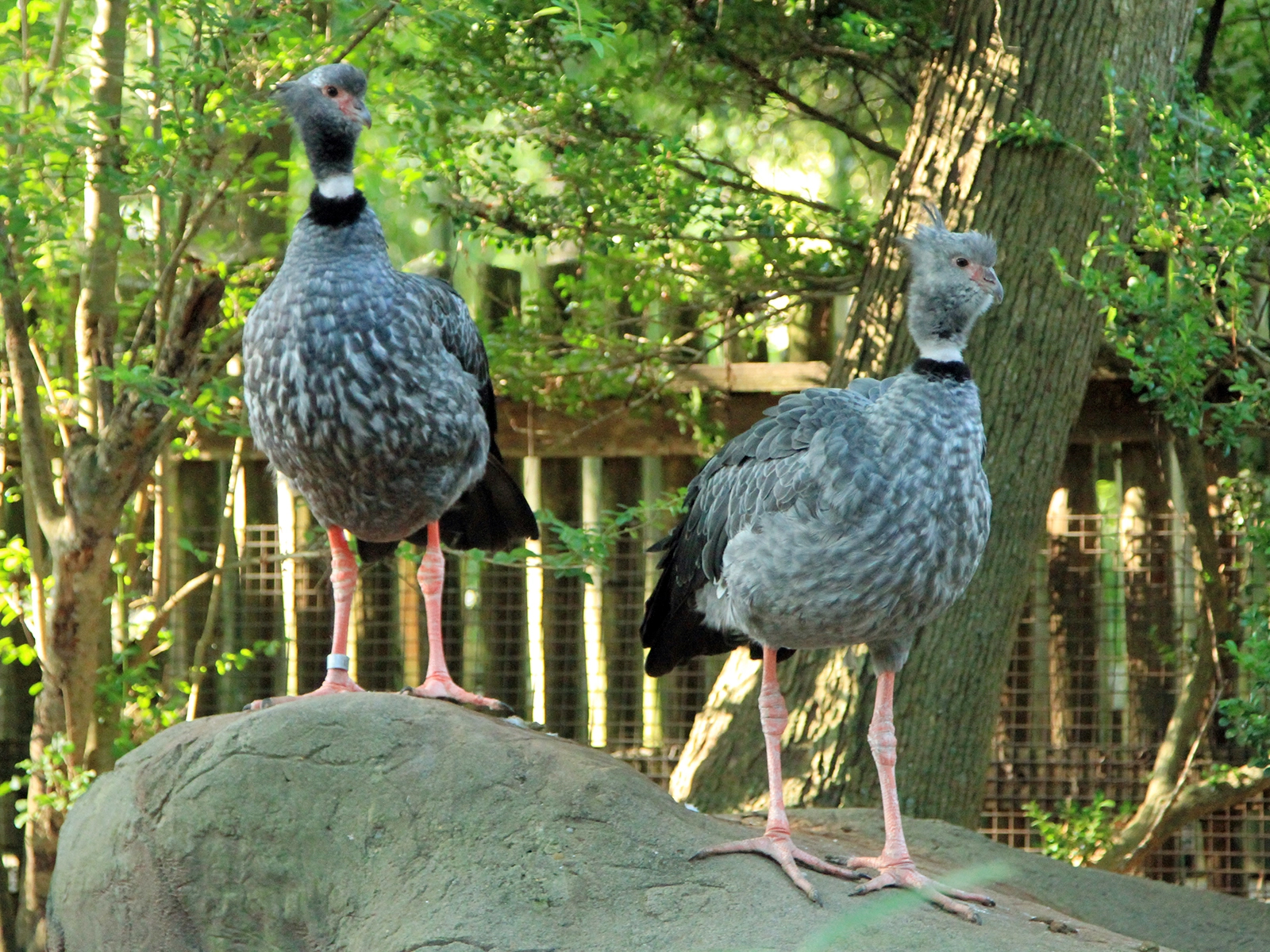
Unlike most waterfowl, screamers don’t have webbed feet. Instead, they have long toes that help them grasp vegetation while they wade through their watery habitat. They can swim well, but are also able to walk on dense mats of floating plants. The spurs protruding from their wings are made of bone and used for defense.
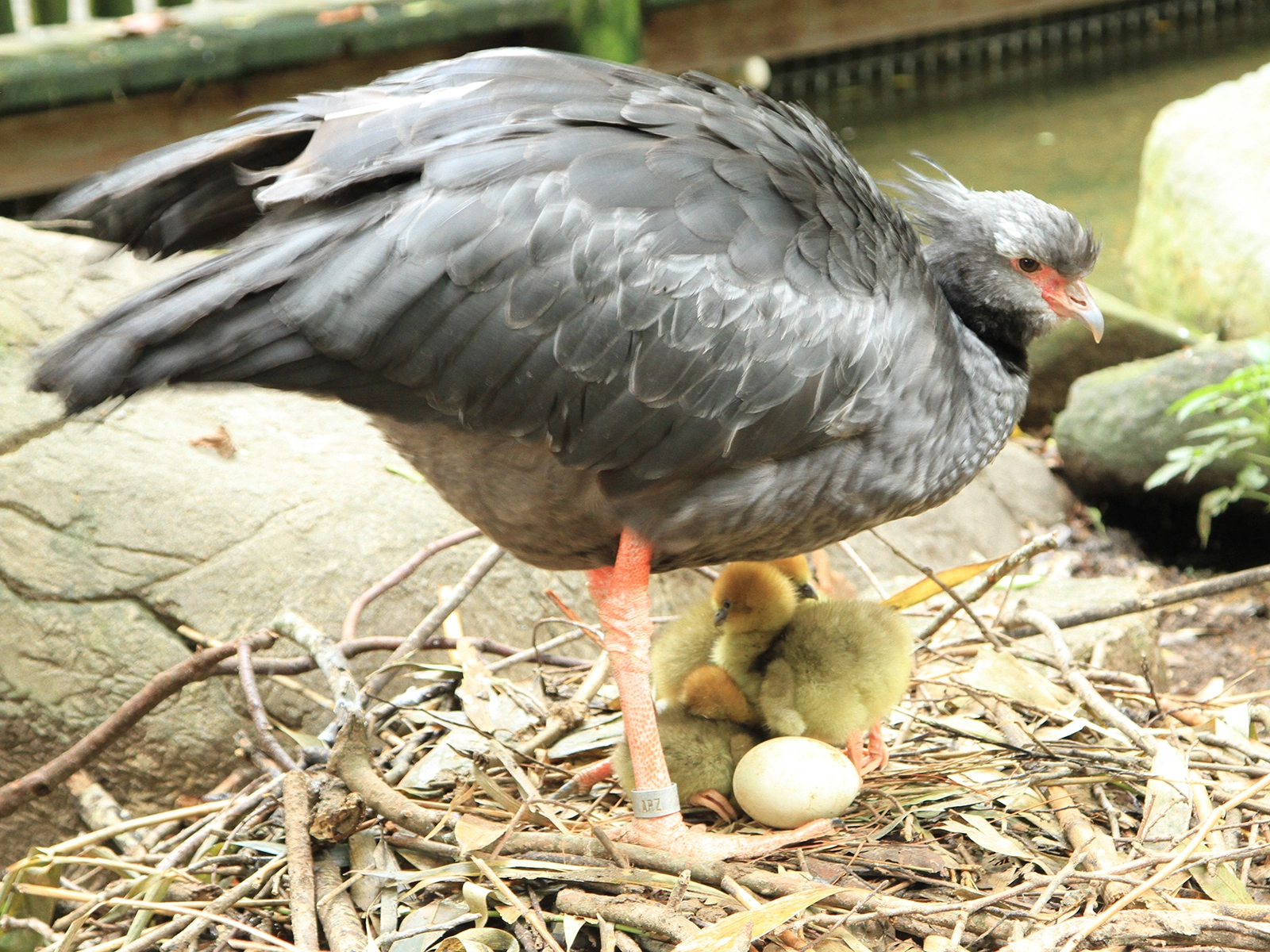
Pairs have monogamous relationships, sometimes mating for life. Their courtship involves loud, continuous duets with constant preening. After hatching, chicks leave the nest and begin to feed on their own. Fledging period is 8 – 14 weeks.
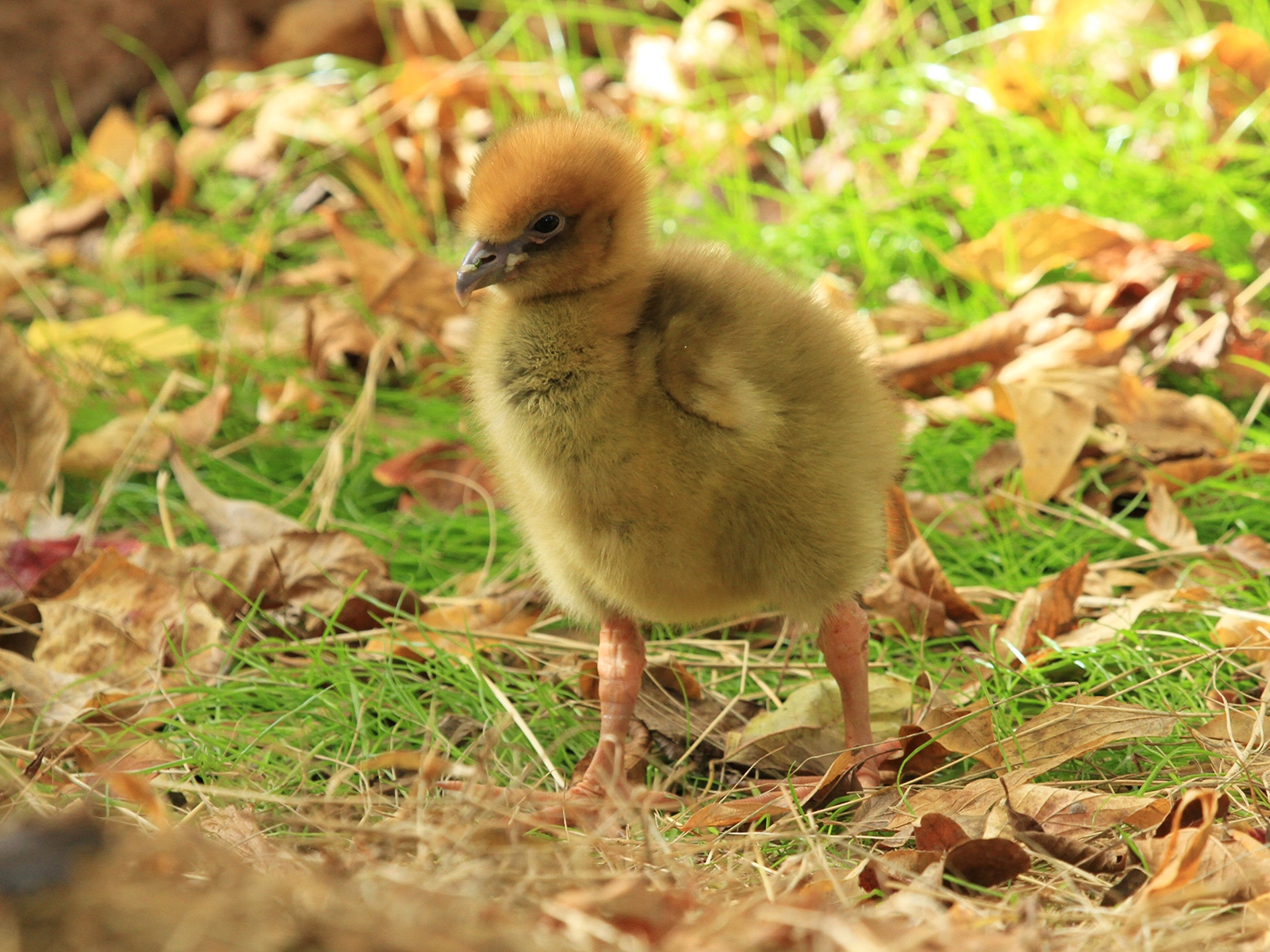
The crested screamer is the most common of the three screamer species, but it is under increasing pressure from hunting and habitat destruction. The species seems to be able to adapt to the presence of humans and has been known to colonize cultivated fields in addition to its original habitat.
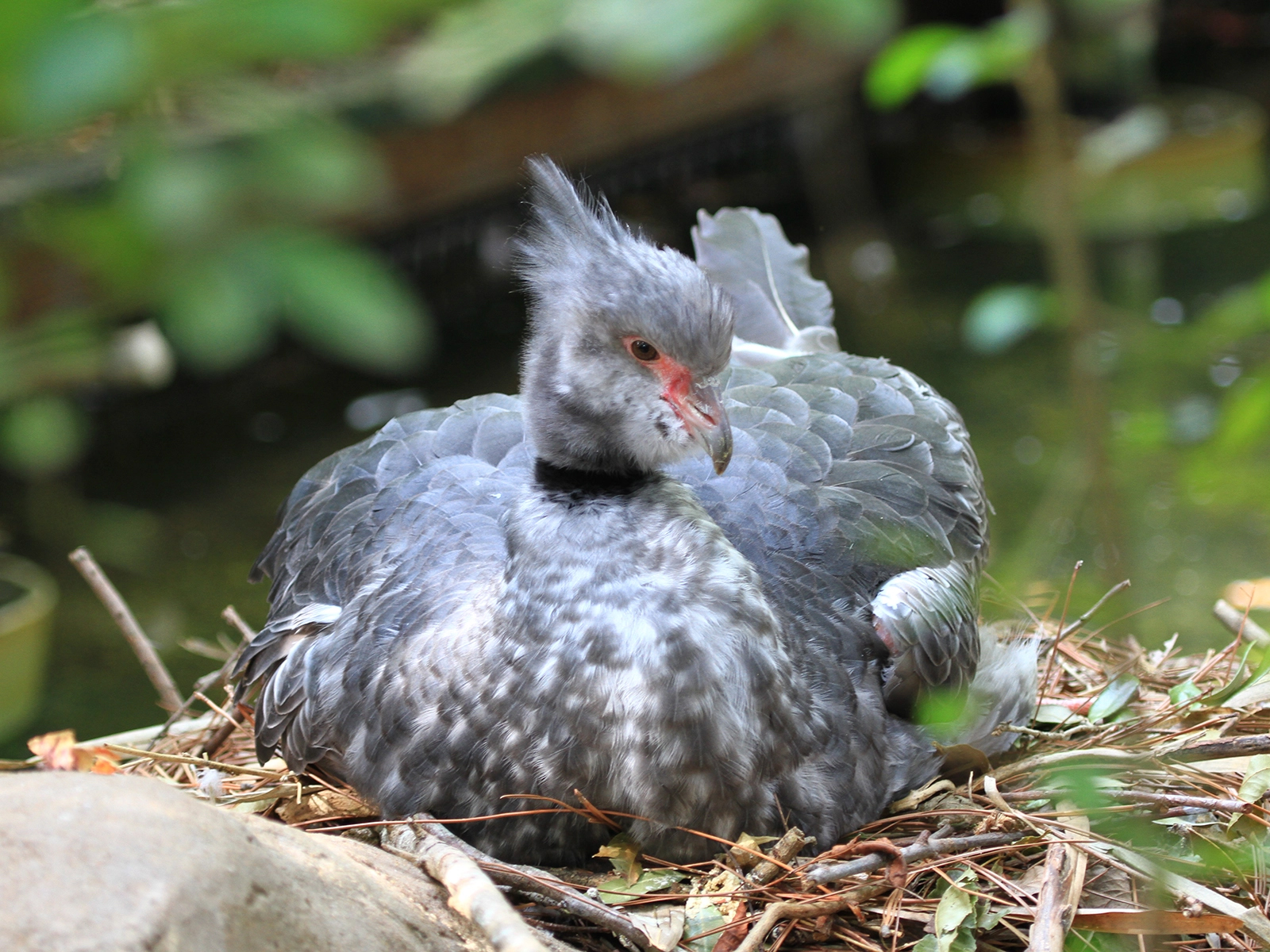
Advocate for Sustainable Agriculture. Support or buy products from companies that use sustainable farming practices that minimize water pollution and maintain native grasslands adjacent to wetlands, providing a buffer for wildlife.
Observe from a Distance. If you are birdwatching or traveling in their native range, use binoculars or cameras to observe them without getting too close, which can stress the birds and cause them to abandon their nests or young.
Audrey: Hatched April 17, 2001
Orlando: Hatched April 23, 2001
Pepito: Hatched November 13, 2021
